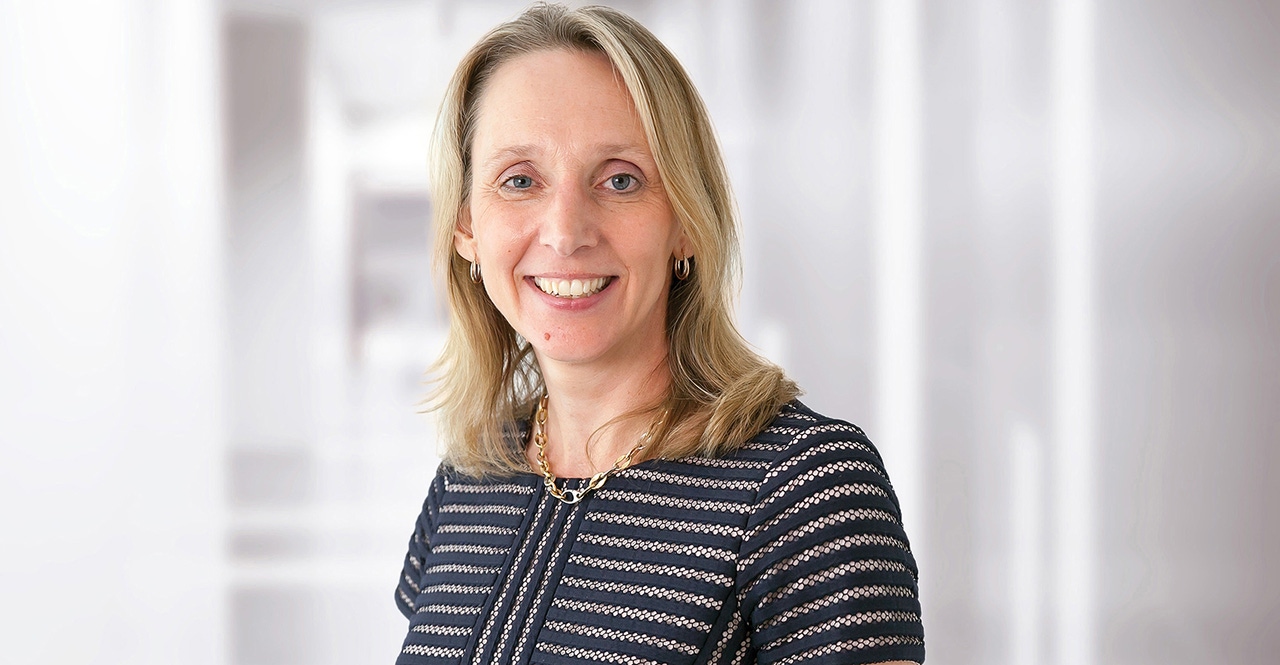Ahold Delhaize will double e-commerce by 2020Ahold Delhaize will double e-commerce by 2020
Retailer also plans to expand personalized digital offerings
December 9, 2016

With an eye towards expanding into new markets and providing additional services to existing customers, Ahold Delhaize said it plans to double its e-commerce sales by 2020 from existing sales of 2.3 billion euros in 2016.
“I think the other really exciting thing is growth is really accelerating. We’ve grown faster every year since 2014 in e-commerce,” Hanneke Faber, chief e-commerce and innovation officer, said at the company’s Capital Markets Day on Wednesday.
As one example, Peapod sales grew more than 25% in New York in 2016.
At the same time, the retailer believes Peapod’s overall growth rate could be better.
“We have 141 million customers, for example, in our new trading areas, and Peapod’s services are only available to about 40% of those. So you can see the opportunity,” said Faber.
She acknowledged the U.S. online grocer had experienced operational difficulties that slowed growth, but those issues should be in the past. Peapod’s largest warehouse, in New Jersey, has increased capacity 50% since the start of 2016, which contributed to growth in the New York market.
Ahold Delhaize has prioritized e-commerce growth because of the potential for exponential sales growth. The annual spend for an omnichannel Peapod customer is 1.8 times that of a customer who only shops in store, said Faber, “and that is the reason we so strongly believe we must win and invest in online grocery.”
Currently, 80% of Peapod customers also shop in Giant or Stop & Shop stores.
On the other hand, Ahold Delhaize is still waiting for most of its e-commerce investments to pay off.
“Now that’s all nice, you will say, but are you making any money? The answer is no, not yet, because we’re investing in growth,” said Faber.
However, markets where there is dense home delivery and B2B sales — such as Boston — deliver 3%-5% EBITDA margins.
Another area of digital opportunity is personalized offers and experiences for customers, Faber said.
The Netherlands’ bol.com, which Ahold acquired in 2012, currently generates 20% of its sales from personalized offers and promotions based on browsing and buying history, shopper behavior on the site, timing, demographics and “trigger events.”
“We’re excited about taking that capability that we bought through the acquisition of bol.com and taking that into our supermarkets,” said Faber.
Across the company, more than 30 million customers are in digital personalization programs, and incremental sales from those programs are up more than 50% in 2016.
“We have a great, great capability in-house at Ahold Delhaize, and I think that’s a little different from a lot of our traditional grocery competitors. And what we’re doing is we’re sharing these capabilities across our supermarket brands,” said Faber.
Other areas of personalization include advanced shopping list building capabilities and a personalized health dashboard.
“So not unlike your FitBit,” said Faber. “I’m sure many of you have used some of these tools. We can give you a dashboard of what you ate and how well you did and provide you insight in how well you’re doing when it comes to healthy eating.”
For example, the dashboard can show a customer’s sugar intake in the past month based on the nutritional information of products purchased, as well as which products had the most sugar.
While some banners, like Food Lion, already have extensive personalized digital offerings, Faber acknowledged banners like Giant-Carlisle, Giant-Landover and Stop & Shop could be doing more while banners like Hannaford are just starting out.
“The future, we think, in this space is very bright,” said Faber.
About the Author
You May Also Like





.webp?width=300&auto=webp&quality=80&disable=upscale)
